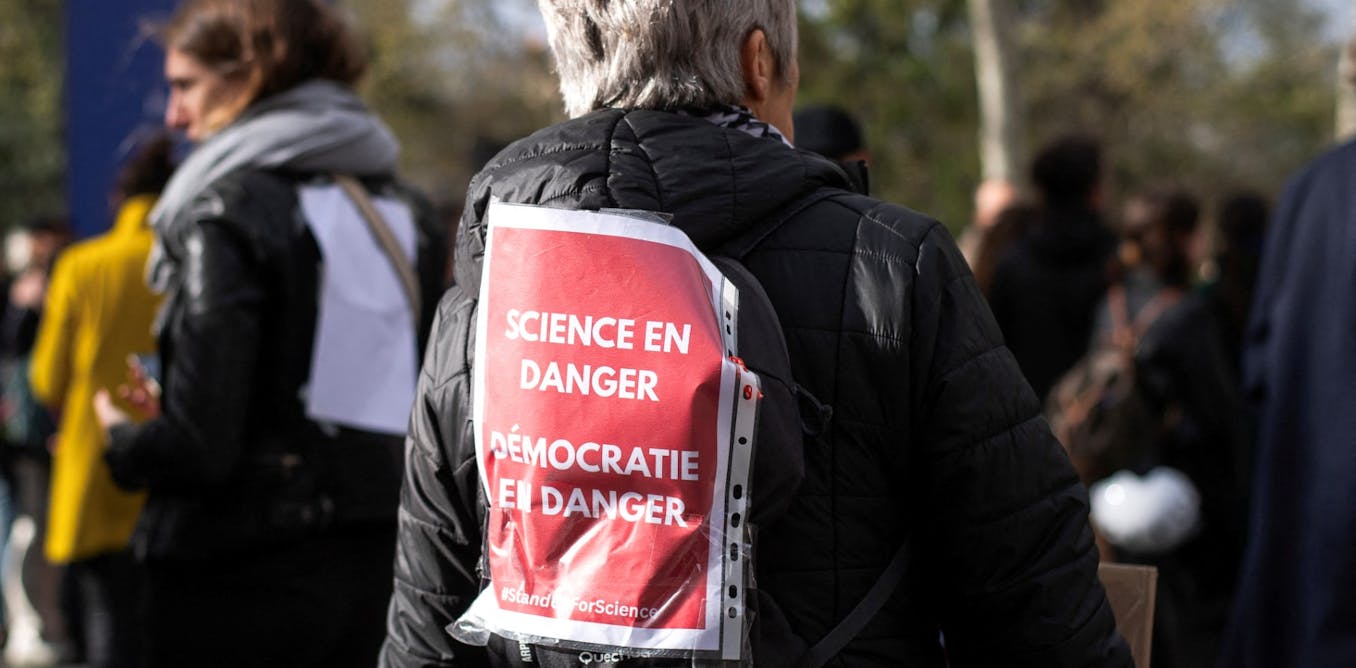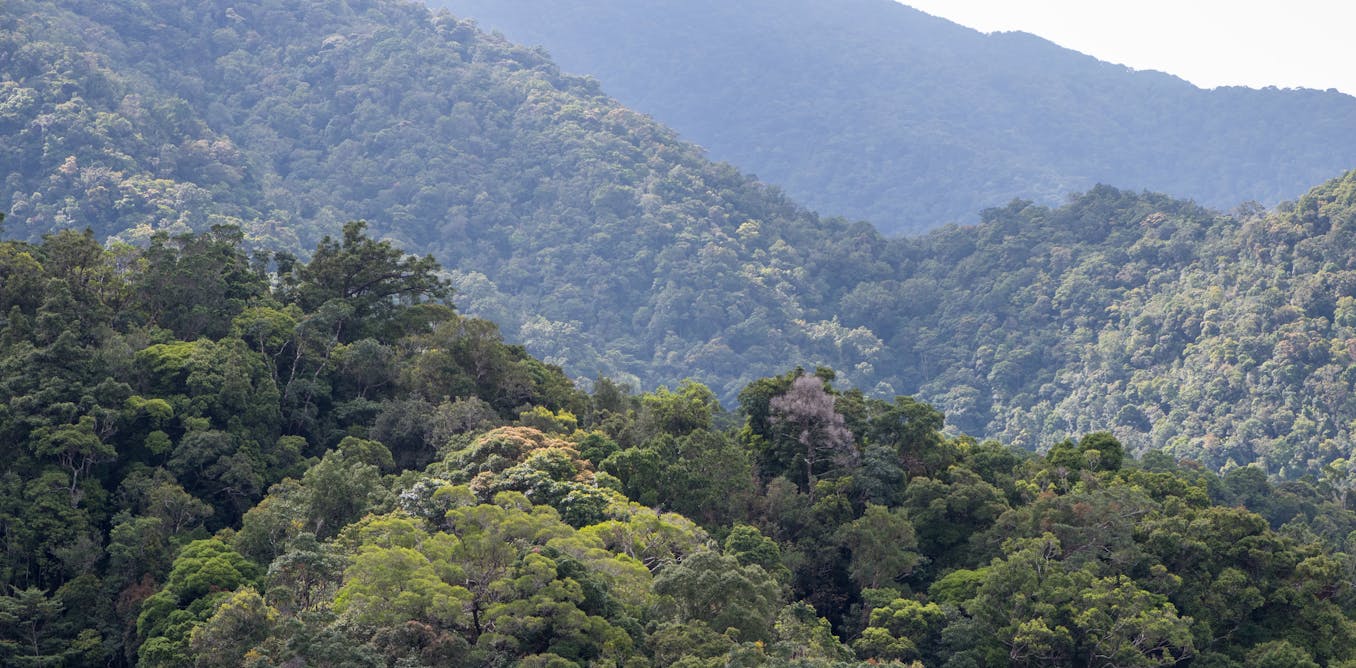How China Is Quietly Bracing for Conflict With India: The Infrastructure Race
In recent years, the simmering tensions between China and India have taken a decidedly material turn, as Beijing invests heavily in military and dual-use infrastructure along its contested border. This expansion is not merely a show of strength but part of a comprehensive strategy to enhance its foothold in the region. The Wall Street Journal’s latest video, "How China Is Quietly Bracing for Conflict With India," delves deep into these developments, examining their implications for regional stability and international relations.
A New Era of Connectivity
At the forefront of this infrastructure race is China’s ambitious railway project through the Himalayas. This new route significantly reduces travel time for military and logistical support, facilitating rapid troop deployments in a region historically marked by difficult terrain. The strategic advantages of such connectivity cannot be overstated, putting China in a commanding position should tensions escalate.
Building the Backbone
Beyond railways, China has developed an extensive network of roads and trains that interlink various key locations along its border with India. These developments serve dual purposes: enhancing civilian travel and ensuring military readiness. Experts warn that this infrastructure enables expedient mobilization during times of crisis, effectively turning the region into a highly militarized zone.
Air Superiority and Local Presence
Air power also plays a crucial role in China’s strategy. The video highlights recent upgrades to airbases and the deployment of advanced fighter jets. The capabilities of these air assets signal a formidable threat to India’s air defenses, particularly in light of the ongoing territorial disputes. Additionally, fortified border villages have sprung up, enabling China to support its military presence while simultaneously asserting its claim over contested areas.
The Strategy of ‘Active Defense’
Central to China’s approach is what it calls an ‘active defense’ strategy. This doctrine emphasizes proactive measures rather than reactive responses, allowing Beijing to project power more effectively while maintaining the narrative of self-defense. As both nations ramp up their military readiness, this strategy has profound implications for regional stability.
A Flammable Situation
The WSJ video makes it clear: the race for infrastructure supremacy is creating a precarious environment between two major world powers. With both nations poised to act at a moment’s notice, the potential for miscalculation looms large. Analysts express concern that this escalating militarization and infrastructure development could spark a conflict that neither country truly desires.
Conclusion
As tensions rise and infrastructure expands, how China and India navigate this complex geopolitical landscape will be critical not only for their bilateral relations but also for the broader stability in Asia. As the world watches closely, the strategies employed by both nations will shape the future of a region that sits at the crossroads of global power dynamics. The developments highlighted in the WSJ’s analysis serve as a stark reminder of the thin line between competition and confrontation in international relations.
Watch the video by The Wall Street Journal
Video “How China Is Quietly Bracing for Conflict With India | WSJ Coordinates” was uploaded on 07/23/2025 to Youtube Channel The Wall Street Journal





































No end to CCP Expansionism
The entire the so-called seven sisters in the north eastern region is not supposed to be Indian, it’s result of the oppressive neocolonialism, given time the national liberation and independence of the north eastern peoples will prevail! 💪💪💪
Over the last 25 years, US market was open to China and it exported close to 500Bn annualy till recently, that money was used by China to build infrastructure , build arms , threaten neighbours. That game is over , now US market is getting closed slowly for them.
China doesn’t need to compete with India in the military. India couldn’t even compete with Pakistani military. China will use Pakistan to counter India.
china is not preparing for india..it's preparing for USA and west….china wants india as its ally..with big population and need for economic development india will be partner to china …it will be india+china+ Russia against USA.
What is the problem China builds a road in its boarder? China asked any question if India or US or any countries do the same thing? You guys really out of your mind if not evil, so what, imply China should have a conflict with India?
CCP is the #1 enemy of free people in the world today.
So, China must ask permission with India and the US before building roads in its territory? This is an example of Western deviousness.
Tibet was a serfdom before joining China. 95% of the people were owned by the land owners and were bought and sold as slaves.
China building dam
WSJ: china is preparing for war
USA: bomb nuclear facilities
WSJ: USA is developing infrastructure in the Middle East
WSJ, go learn about the history behind the key reason the US built it's interstate highway system.
India and the Brits stole china territory with the mcmahon line. They have no moral authority to blame the chinese. Arunachal Pradesh does not belong to india. History is the hard truth
Usa : day without hippocrasy is a day wasted
I bet india can’t stand a month in case full fledge war with china😂😂
The hasty adoption of Crypto by US directly indicates that US does not has the Gold in Ft. KNOX.
The emperor is naked now.😅😂😅
Free tibet!
FREE TIBET
When to discuss how US openly invading greenland and panama?
China quickly becoming the most powerful country in the world
Just when Indian and China is now negotiating to settle border issues, WSJ drop this hit piece. 😇
I doubt that China is preparing for war with India, they just don't want to be vulnerable on Western front when they decide to Invade Taiwan. Irrespective of this India is doing everything in its power to prepare for any untoward situation.
The way US is going China India might end up being BFFs.
India's narrative dominates, impressive story telling.
Stirring conflict is the western media speciality.
Do you think India will wait & watch Chinese mobilize people using railways? The moment China start loading soldiers in trains, Most of the bridges & railway track will be blown up. India's side is hilly, Indian army very skilled in mountain warfare it's not 1970, it will be suicidal for China to even think about going to war against India. Fearmongering may work with other countries. It's better for China to have a healthy partnership with India
Yeah, that’s right. Because god forbid China build roads and towns in its own territory. An average Chinese person is worrying about a job, getting paid and putting food on the table. Not a war with India, not even close.
3:35. Numerical power will not matter in this conflict because of the nuclear deterrent. But, what will matter is the advanced technological warfare in offensive and defensive capabilities of both countries. And that advantage lies with china.
This is the story that the CIA gives WSJ to do in exchange for money and access.
“India has a much larger numerical air force advantage against China”? that’s someone whom WSJ choose to interview?
Propaganda start ….
Wall Street Journal, now make a video on: How the USA is quietly supporting the Israeli genocide in Palestine.
India's problem has more to do with its slow growth, than China's fast growth.
China is actually growing at lower rates than in the past, even in these Tibetian regions. Meanwhile, India hasn't ended the caste system, even after 75 years of legally trying to limit it.
Simple India ki fielding set hori he 😂
What about BRICS? China vs India is good for USA 🇺🇸
Two major world powers? Since when did India become a superpower 😅
China and India have co-existed for thousands of years and are not dumb enough to war with each other seriously.
India and China both are building roads, tunnel boring and railway network in there border region not only china alone and by the way china real estate and road are the way to show their people we are still strong 😅 so yeah I live in Arunachal Pradesh so I can see construction everyday india
No matter how much tech they have..xixi current army are crybaby..they don’t have capacity to fight on ground…
There is Chinese saying about war..that win war without fighting..by bullying or pressuring
WSJ should stop reporting fake news and be more responsible to their viewers
China can't conquer Vietnam so no chance against India
Wall Street Journal is mouthpiece of American deep state…
Who cares? Indian propaganda
God bless China ❤❤❤❤
Western propaganda against China by posing him a demon to India! Common America grow up! be creative, think something new.
Isn't it interesting that almost no one agrees with China over what it's territory is… India, South China sea, Taiwan…
The "Game of Thrones" is or was not just a TV series but a prophecy. The North is on the brink of war
I have been hearing the news of china is preparing for war for last 10 years.
But I saw US involving at least 5 war.